In this article, we will show you how to tell if a monitor is dying. A monitor is an output device that is used to display the contents of a desktop computer. You can also connect a monitor to your laptop. If you have more than one monitor, you can use them to set up multiple displays on your system and boost your productivity. Sometimes, users experience problems with their computer monitors. Both hardware and software issues can be responsible for these monitor problems. If your monitor is old, you are more likely to experience common monitor problems.
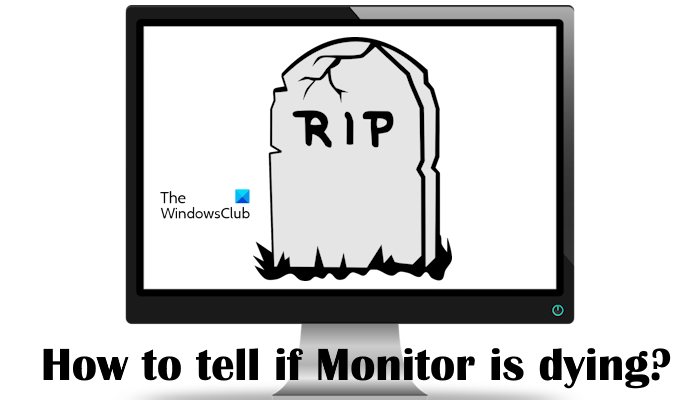
How to tell if Monitor is dying?
Monitor problems can occur due to both hardware and software issues. New monitors are less prone to hardware issues unless there is a manufacturing defect. Older monitors show some symptoms that indicate that they are going to die. In this article, we will show you how to tell if a monitor is dying.
The following symptoms indicate that your monitor may be dying and you need to send it to repair or replace it.
- Monitor does not turn on or takes more time to turn on
- Dim colors
- Screen flickering
- Black screen
- Color distortion
- Dead pixels
- Horizontal or vertical lines on the screen
- Backlight bleeding
Let’s discuss all these symptoms of monitor failure in detail.
1] Monitor does not turn on or takes more time to turn on
If your computer monitor is going to die, you may notice that either it does not turn on or takes more time to turn on. However, there can be many other causes responsible for this problem, like power issues, faulty cables, etc.
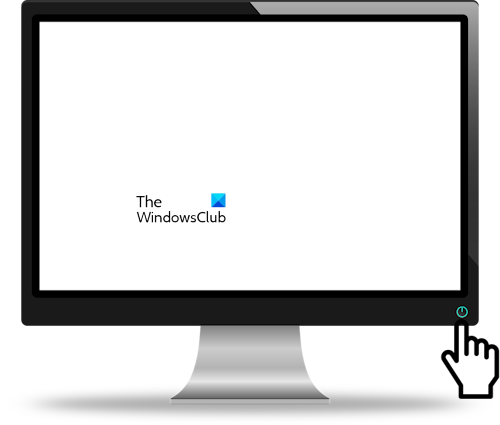
If your monitor does not turn on, the first thing that you should do is check the cables connecting your monitor to your system. Loose cable connections can also cause this problem. It is also possible that the cable is faulty. If the cables are not faulty the cause of this problem may lie somewhere else. You can confirm whether the problem is with your monitor or not by connecting it to another computer (if available).
If another computer is not available, you can use your friend’s computer to troubleshoot the cause of the issue. Sometimes, an outdated version of BIOS can also cause this problem.
2] Dim colors
Dim colors are one of the symptoms of a dying monitor. If the problem is associated with a specific application or a video game, changing the application or game settings can fix the problem. But if you experience dim color issues on every application, image, video, and game even if you have not lowered the brightness or contrast levels of your monitor manually, your monitor may be dying.
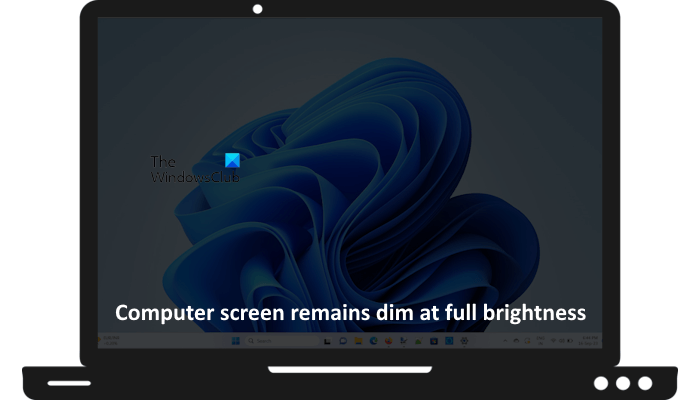
However, there can be other software issues responsible for the dim screen issue. Following are some of the factors that can cause screen dimming issues:
- Faulty or corrupted display driver
- Incorrect display calibration
- Faulty RAM or RAM slot(s)
- Dirty RAM or RAM slot(s)
3] Screen flickering
Screen flickering is one of the common display problems. If you experience screen flickering issues while playing video games or with a specific computer application, your display is not faulty. But if your Windows computer screen flickers frequently, your monitor might be showing a symptom of display failure.
Apart from the hardware fault, some of the causes that are responsible for screen flickering issues are:
- A third-party application conflict
- Corrupted or faulty graphics card driver
- Incorrect power settings
- Incorrect display settings
4] Black screen
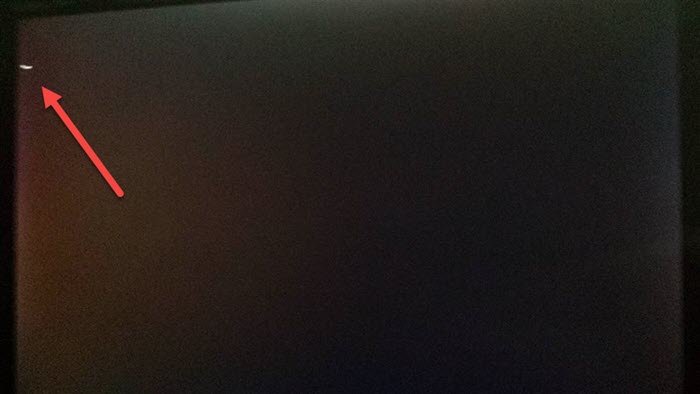
A black screen can also be one of the indicators of a faulty monitor. If you see a black screen with a blinking cursor, the problem may be with your hard drive. But if the screen remains completely blank, it can be a sign of monitor failure.
5] Color distortion
If your monitor is going to die, the colors will get distorted frequently. Your screen will look faded out or it will show distorted colors. In some cases, the distorted screen or faded screen can be the result of faulty or corrupted display or monitor drivers.
The monitor screen may also look washed out if you have activated the Color Filters. Color Filters are useful for visually impaired persons. For normal persons, this feature should be turned off. Check this in your Windows 11/10 Settings.
6] Dead pixels
A failing monitor can also show dead pixels. There are a lot of pixels on a screen. With time, some of these pixels may stop working which results in dead pixels. Usually, the part of the screen containing dead pixels shows a black dot. The position of the dot remains stationary. If there are a lot of dead pixels on your monitor, it can be a sign of monitor failure.
There are many free tools available online that can help you fix the Dead pixels. If these tools do not help you, you need to take your monitor for repair.
7] Horizontal or vertical lines on the screen
Horizontal or vertical lines on a display are required to be fixed ASAP as they make the display almost unusable for the users. Moreover, the content on the display also looks distorted due to these horizontal or vertical lines. These lines can appear on the entire display or a specific part of the display.
If the software issues are responsible for this problem, updating or reinstalling the graphics card driver will fix it. Otherwise, it is a hardware fault.
8] Backlight bleeding
Backlight bleeding is the state in which the monitor backlight leaks around the corners or edges. Backlight bleeding results in uneven lighting on the screen. You can easily view backlight bleeding on darker images. Older monitors are more prone to backlight bleeding compared to the new ones.
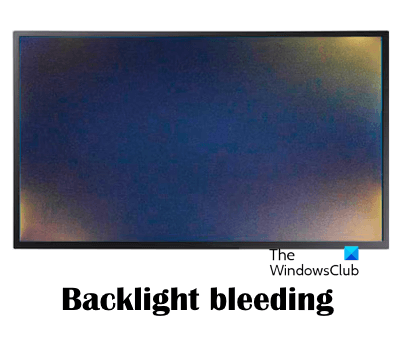
To check if your monitor backlight is bleeding, open a dark image. Usually, it is a hardware issue. Hence, you need to contact your monitor’s manufacturer. If your monitor is new and under replacement warranty, you can contact the manufacturer for replacement.
These are some of the symptoms that tell a monitor is dying. If you see these symptoms on your monitor screen, first, you need to find out whether it is caused due to software issues. Sometimes, the issues are associated with the cable. Software issues can be resolved by applying some fixes like updating or reinstalling the graphics card or display driver, updating BIOS, etc. If this does not help, your monitor is going to die. Now, you need to repair it or buy a new one.
I hope this helps.
How do I know if I need a new monitor?
When you see the symptoms that indicate your monitor is going to die, you may need a new monitor. But, first, try to troubleshoot and fix the issue(s). If software fixes like updating or reinstalling the display driver, updating BIOS, etc., do not help, there might be a hardware fault and you need a new monitor. But before you purchase a new monitor, take it to the nearest service center to know whether you need to buy a new monitor or it can be repaired.
How can I test my monitor?
You can test your monitor to know if it is working correctly or not by following some troubleshooting steps, like checking the cable connections, checking if the cable is damaged or not, checking the monitor brightness and contrast settings, etc.
Read next: What are the signs of RAM failure and how to check faulty RAM?
Leave a Reply